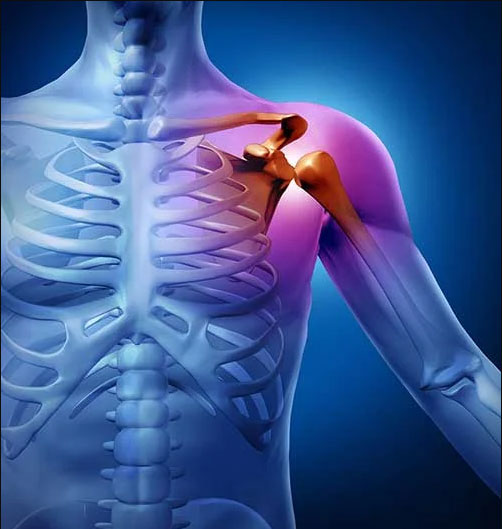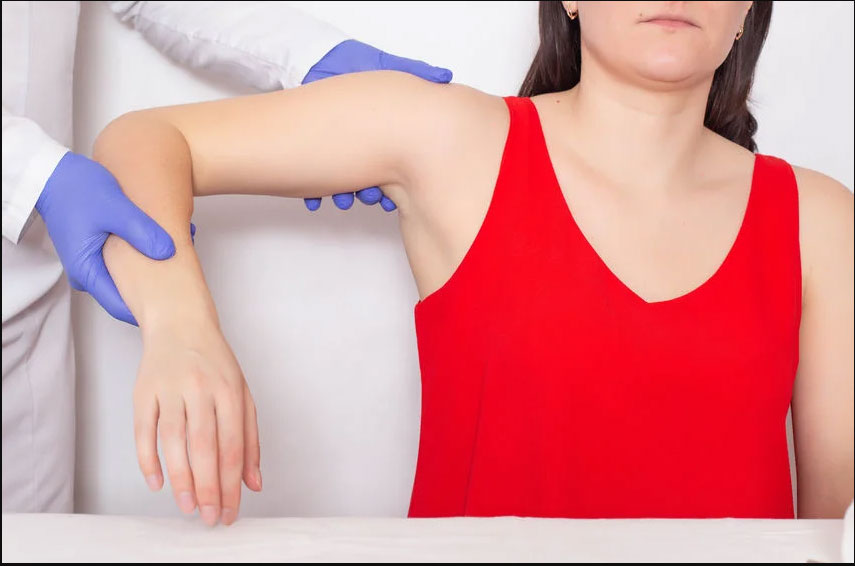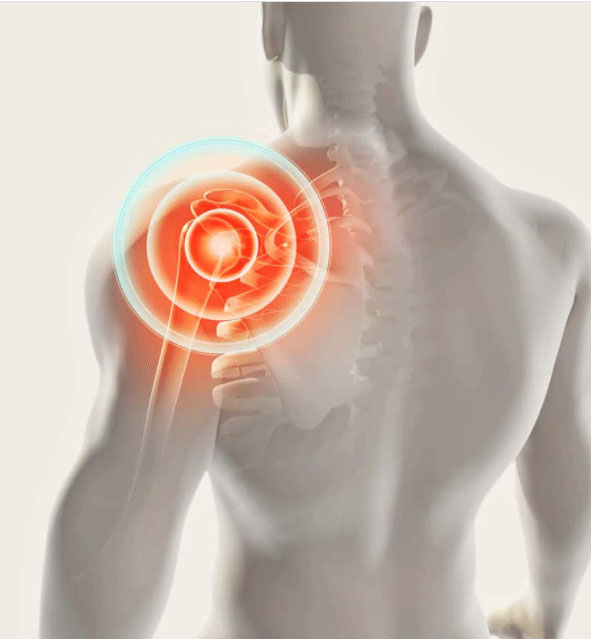WHAT IS A BROKEN COLLARBONE?
A broken collarbone is a common injury, especially in children and young adults. Your collarbone joins the upper portion of your breastbone to your shoulder blade. Prevalent causes of a broken collarbone include falls, sports injuries, and trauma from traffic accidents. Infants could sometimes break their collarbones during the birth process.
Look for prompt medical attention for a broken collarbone. Most recover well with ice, pain relievers, a sling, physical therapy, and time. But a complicated break may need surgery to realign the broken bone and to implant plates, screws, or rods into the bone to hold the bone in place during recovery
BROKEN COLLARBONE SYMPTOMS
Signs and symptoms of a broken collarbone involve:
- Pain that rises with shoulder movement
- Inflammation
- Tenderness
- Bruising
- A bulge on or near your shoulder
- A grinding or cracking sound when you try to move your shoulder
- Solidness or inability to move your shoulder
- New-born children will usually not move their arms for several days following a birth-associated collarbone fracture.
 WHEN SHOULD YOU SEE A DOCTOR?
WHEN SHOULD YOU SEE A DOCTOR?
If you observe signs or symptoms of a broken collarbone in you or your child, or if there is sufficient pain to stop normal use, consult a doctor or primary care physician right away. Delays in diagnosis and treatment could lead to poor healing.

BROKEN COLLARBONE CAUSES
Prevalent causes of a broken collarbone include:
- Falls, for example, falling onto your shoulder or onto your outstretched hand.
- Sports injuries, for example, a direct blow to your shoulder on the field, rink, or court. .
- Vehicle trauma from a car, a motorcycle accident, or a bike accident.
- Birth injury from passing through the birth canal.
BROKEN COLLARBONE RISK FACTORS
Your collarbone does not harden completely until about age 20 years. This puts children and teenagers at greater risk of a broken collarbone. The risk decreases after age 20 years but then increases again in older people as bone strength decreases with age.
BROKEN COLLARBONE COMPLICATIONS
Most broken collarbones recover without difficulty. Complications, when they happen, may include:
- Nerve or blood vessel injury – The jagged ends of a broken collarbone might injure nearby nerves and blood vessels. Look for immediate medical attention if you notice numbness or coldness in your arm or hand.
- Poor or delayed healing – A severely broken collarbone may heal gradually or incompletely. Poor union of the bones during healing could shorten the bone.
- A lump in the bone – As part of the recovery process, the place where the bone knits together form a bony lump. This lump is easy to see because it is close to the skin. Most lumps go away with time, but some are permanent.
- Osteoarthritis – A fracture that involves the joints that join your collarbone to your shoulder blade or your breastbone may increase your risk of ultimately developing arthritis in that joint.

BROKEN COLLARBONE DIAGNOSIS
During the physical examination, your doctor or primary care physician will examine the affected region for tenderness, inflammation, deformity, or an open wound. X-rays determine the extent of a broken collarbone, identify its location and determine if there is an injury to the joints. Your doctor or primary care physician may also suggest a CT scan to get more detailed pictures.
BROKEN COLLARBONE TREATMENT
It is essential to restrain the movement of broken bones in order to heal. To immobilize a broken collarbone, you will likely require to wear an arm sling.
How long immobilization is required depends on the seriousness of the injury. Bone union generally takes three to six weeks for children and six to twelve weeks for adults. A newborn’s collarbone that breaks during delivery generally heals with only pain control and careful handling of the baby.
MEDICATIONS
To lower pain and inflammation, your doctor or primary care physician may suggest an over-the-counter pain reliever. If you have serious pain, you may require a prescription medication that contains a narcotic for a few days.
THERAPY
Rehabilitation starts soon after initial treatment. In most cases, it is important to start some motion to minimize stiffness in your shoulder while you are still wearing your sling. After your sling is removed, your doctor or primary care physician may suggest additional rehabilitation exercises or physical therapy to restore muscle strength, joint motion, and flexibility.
BROKEN COLLARBONE SURGERY
Surgery may be needed if the fractured collarbone has broken through your skin, is severely displaced, or is in various pieces. Broken collarbone surgery generally includes placing fixation devices plates, screws, or rods to maintain the proper position of your bone during recovery. Surgical complications, though rare, could include infection and lack of bone healing.
If you or anyone you know is suffering from a broken collarbone, our expert providers at Specialty Care Clinics will take care of your health and help you recover.
Call 469-545-9983 to book a telehealth appointment for an at-home check-up
